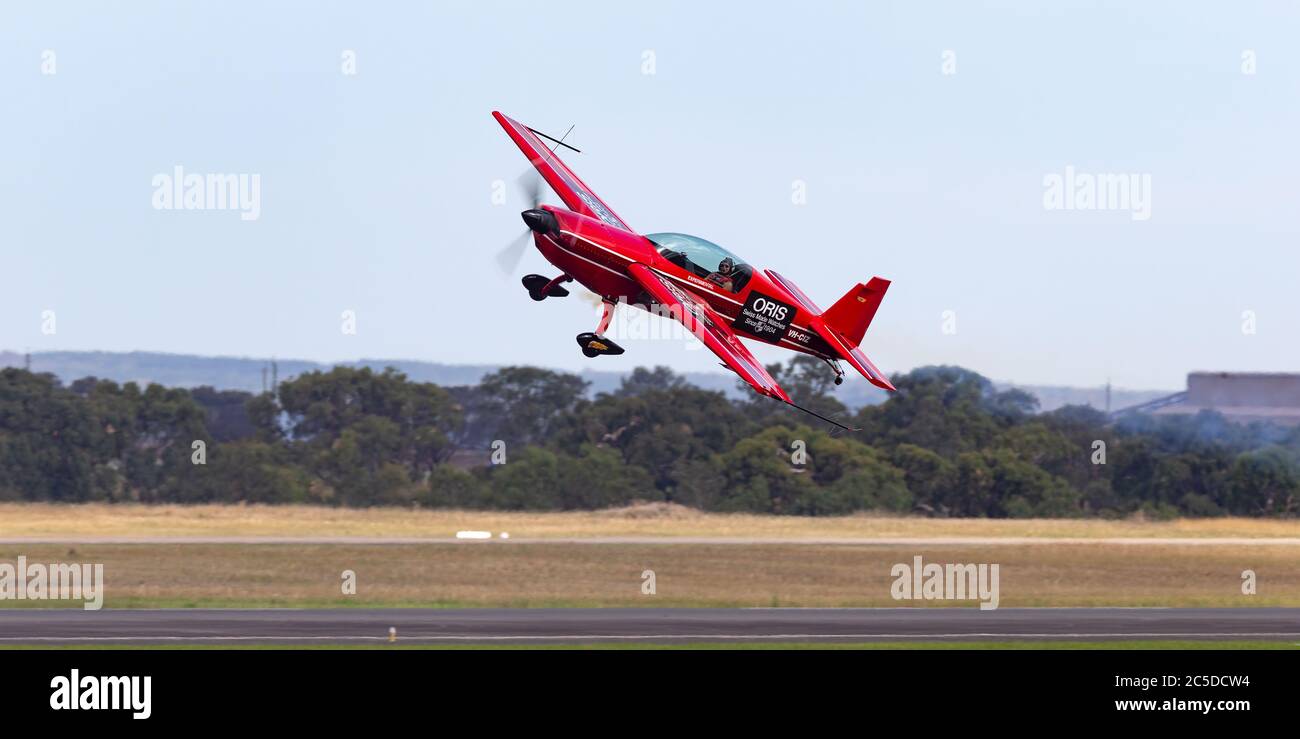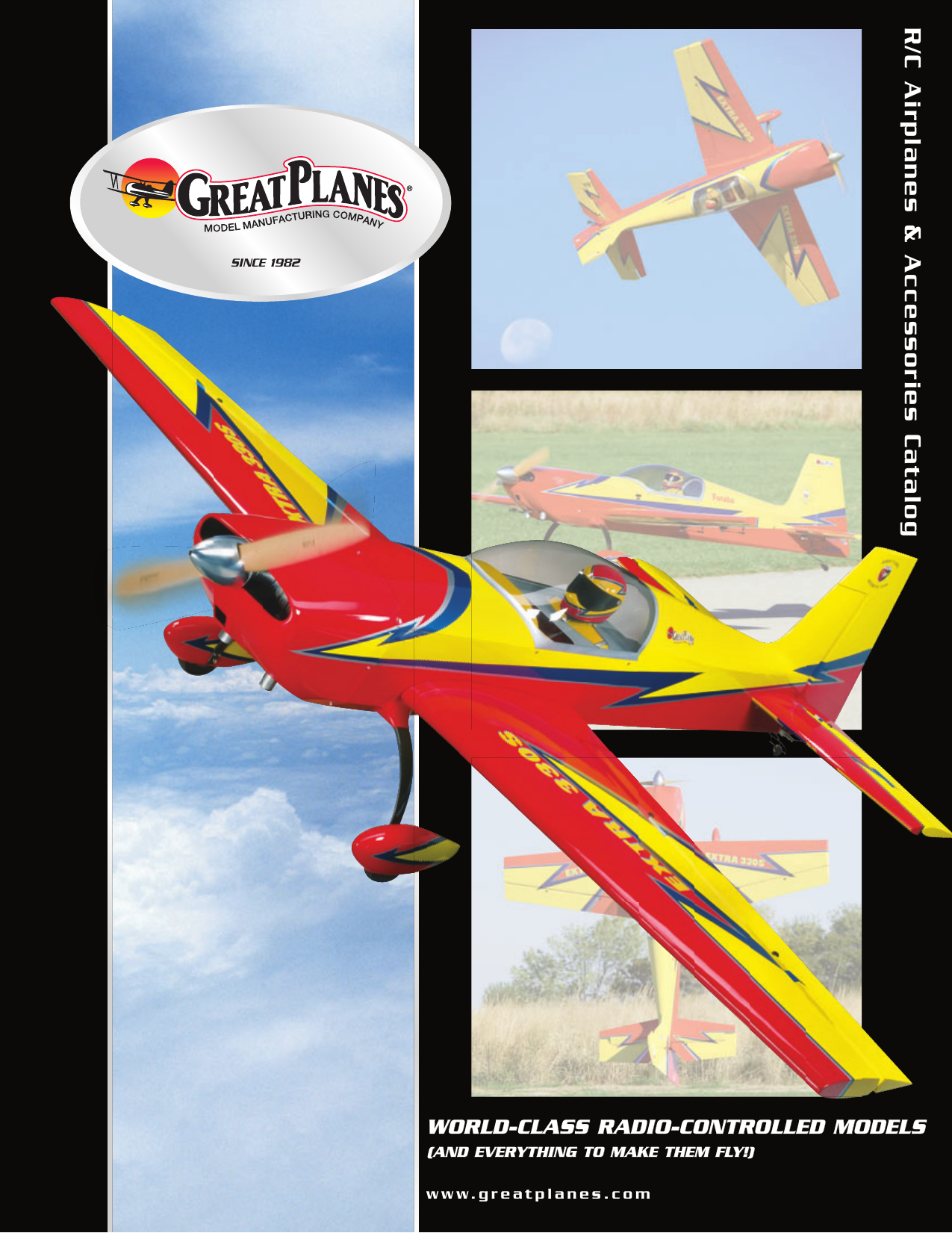

Order came as a result of extensive military experience with T-28 aircraft, In 1969, a military technical order (TO) revealed that theĪircraft needed strengthening of the wing main spar to keep it airworthy. Of an armored aircraft for hailstorm penetrations. Hail research effort at that time and had actively supported MacCready's concept Richard Schleusener, was a leading figure in the U.S. Icing zones and the ground, icing was not felt to be a major problem.Īt this time, ownership of the T-28 passed to the Institute ofĪtmospheric Sciences at the South Dakota School of Mines and Technology. Used in summer thunderstorms where a layer of warm air would be present between Small increase in speed to maintain controllability. It wasįound that the aircraft could handle up to an inch of ice with only a relatively Rapid City, South Dakota, and Flagstaff, Arizona, for the primary purpose ofĭetermining its capacity for carrying heavy loads of structural ice.

Installed and the aircraft made some test flights during the summer of 1969 at Performing hailstorm penetrations to altitudes up to about 25,000 ft (7.6 km)Īnd was able to withstand impacts of hailstones up to 7.5 cm in diameter at 100 The basic modifications to the aircraftĪfter the modifications were complete, the T-28 was capable of This work began inġ968 and was carried on through 1969. (headed by Robin Williamson)Ĭontracted to outfit the aircraft for hailstorm penetrations. MacCready'sĬompany, Meteorology Research, Incorporated, under contract to the Institute ofĪtmospheric Sciences' NSF-funded Hailstorm Models Project, acquired and Presented his idea to the National Science Foundation (NSF) in 1967. Using the results of Williamson's study, MacCready successfully Williamson was more concerned with wind shear and turbulence than icing.ĥ) While the Dauntless had more power and a stronger airframe (it could stand 12-g accelerations), the T-28 was adequate for penetrating the anticipated turbulence and strong shear.Ħ) At the time, T-28's were much more plentiful than Dauntless dive bombers, and T-28 parts were readily available in the supply pipeline. The added armor that would be required on faster jet aircraft countered the advantage of their higher-performance powerplants.Ĥ) De-icing capabilities were not considered critical because very high supercooled liquid water concentrations were expected and it would be impossible to de-ice completely anyway. Plating would be required on the leading edges of the aircraft to survive hail impacts. The lower speed of prop-driven aircraft meant that thinner metal Williamson's philosophy was that if the environment is so severe that one engine goes out, the second will soon be lost, too.ģ) No existing airframe was designed to survive impacts of more than 3/4 inch hail, so any aircraft chosen would require additional armoring. Some of the prime deciding factors in Williamson's study were:ġ) Aircraft equipped with reciprocating engines were better suited to severe-storm penetrations than those equipped with jet engines, being less susceptible to hail and ice damage.Ģ) Twin-engine aircraft were not superior to single-engine aircraft. When costs and maintainability were factored in, however, the T-28 was His second choice was a T-28 military trainer,ĭeveloped in the late 1940's as a high-performance, prop-driven, pre-jet On the basis of performance characteristics, he concluded that the best aircraftįor hailstorm penetrations would be a Douglas "Dauntless" dive bomber, a World Survivability, maintainability, costs, and performance were analyzed. All aspects of aircraft operation including Williamson considered all aircraft in the military and civilianįleet of the Vietnam war era. MacCready commissioned an associate, Robin Williamson, to do the The National Science Foundation provided funds to support a detailed However, and began to approach reality following Project Hailswath in 1966, when The idea of developing a storm penetration aircraft persisted, That of the Soviets namely, that penetrations of hailstorms by manned aircraft Within the American research community, the mainstream thought was similar to Materials into what they thought would be appropriate locations in the storms. Instead, they relied on rockets and artillery shells to deliver their seeding

They did not send research or seeding aircraft into hailstorms. Program in the Soviet Union considered storm penetrations by an aircraft as tooĭangerous. The hail researchers who had been developing a hail suppression At the time, this was widely regarded as notįeasible.

The original concept of a meteorological research aircraftĬapable of penetrating hailstorms was developed and promoted by Paul MacCreadyīeginning in the late 1950's.


 0 kommentar(er)
0 kommentar(er)
